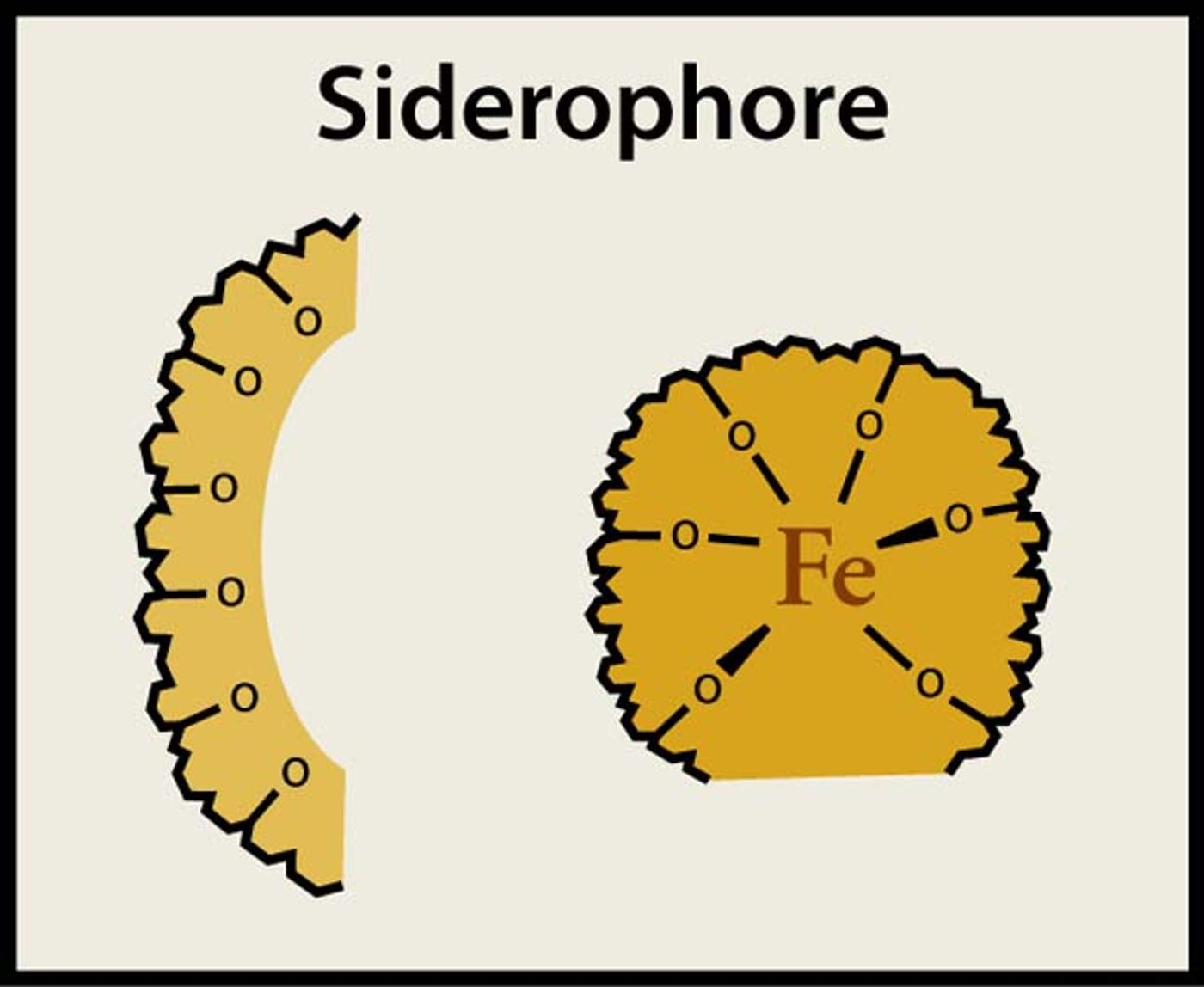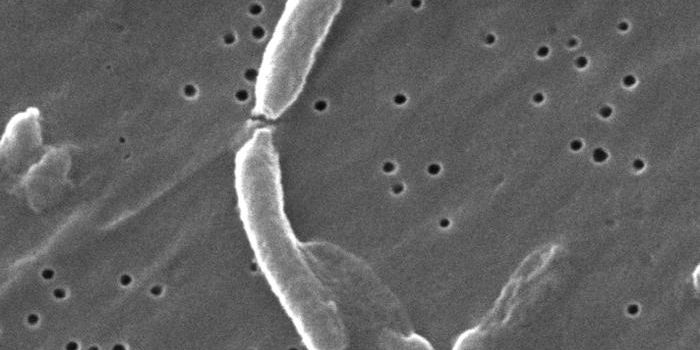Researchers at the University of California, Irvine, and MIT are taking a novel approach to preventing and treating bacterial infections.
Like people, bacteria need iron. The problem is that soluble iron is scarce. Bacteria get around this by secreting molecules called siderophores to gather up and bring back iron. In some ways, iron is a bacterium’s Achilles heel, and this makes siderophores an attractive therapeutic target.
Humans already combat a number of bacteria by targeting their siderophores. When bacteria activate toll-like receptors on immune cells, those cells synthesize and secrete lipocalin-2 which binds to bacterial siderophores. (It also binds a mammalian siderophore to limit free iron inside cells.)
The problem is that some bacteria - Salmonella, for example - can “hide” their siderophores from lipocalin-2. Salmonella does this by C-glucosylating its siderophore Ent, converting it to a form that lipocalin-2 can’t bind. According to study author Elizabeth Nolan, “there's no identified human defense mechanism against some of these molecules. That's how we got thinking about how we could boost this metal-withholding response via an immunization.”
Nolan’s group focused on targeting the intestinal pathogen Salmonella. Because siderophores are too small to actually elicit an immune response, they conjugated these small molecules to a carrier protein - cholera toxin subunit B. They report their findings in the early edition of PNAS.
They vaccinated the mice intranasally and gave them a booster 2 weeks later. Then, they used a mouse model of Salmonella colitis to monitor intestinal and systemic colonization by the pathogen. Three days postinfection (36-51 days after vaccination), the researchers found less Salmonella in the feces of vaccinated mice compared to controls. Furthermore, decreases in Salmonella colonization correlated with a high siderophore antibody titer.
Vaccination also bolstered the Lactobacillus population in the mouse gut. “We think that the expansion of Lactobacillus may be conferring additional benefit to the host,” says Nolan.
A different group reported on a similar approach to vaccinating against uropathogenic
E. coli. They conjugated two
E. coli siderophores, Aer or Ybt, to cationized BSA. Here, the positively-charged BSA helps the vaccine bind to immune cells. The bacterial burden decreased by 12-fold in the urine of mice vaccinated with cBSA-Ybt and 19-fold when vaccinated with cBSA-Aer.
These siderophore vaccines seem pretty promising in mice. It will be interesting to see what happens if they are ever tested in humans. These vaccines may never totally replace antibiotics, but they could be very beneficial to people with compromised immune systems or those who are at higher risk for infections.
Sources: PNAS, Science Daily, Wikipedia









